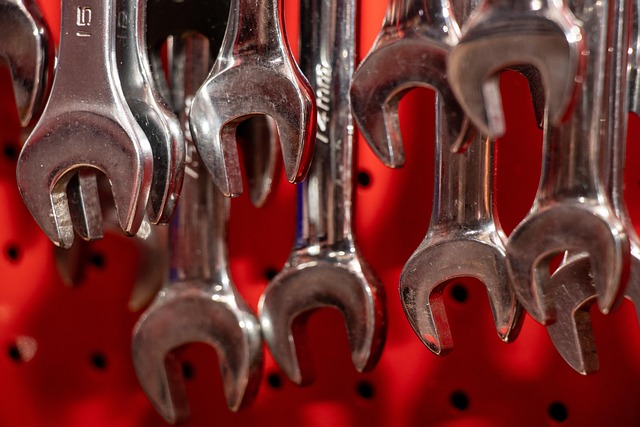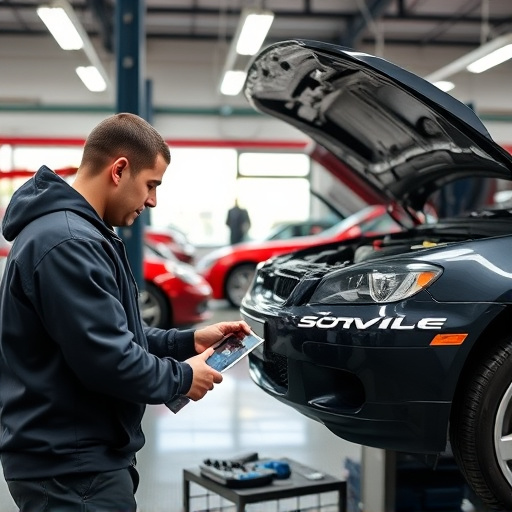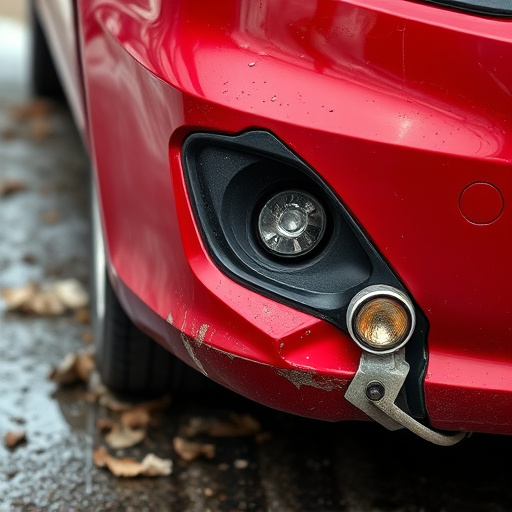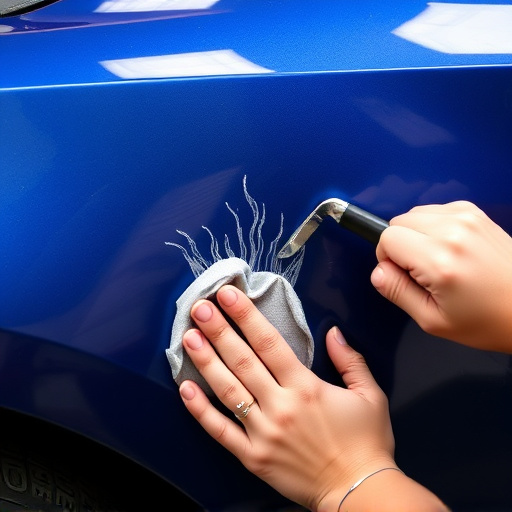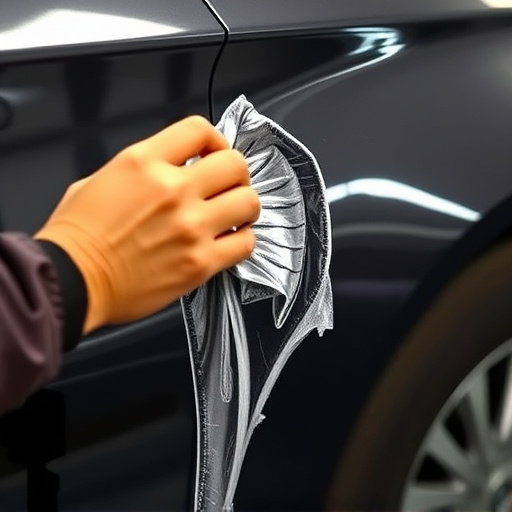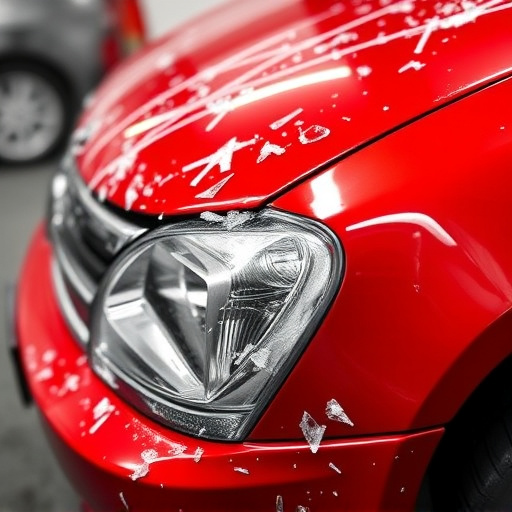Induction heating repair addresses common issues in industrial and automotive systems, such as electrical failures, transformer damage, wear & tear, and corrosion. This meticulous process involves early issue identification, specialized tools for precise metal surface repairs, and gradual cooling for durable results. Regular maintenance, including cleaning, inspections, and part replacements, is vital to prevent problems, ensure optimal performance, and cost-effective repairs.
Induction heating systems are essential in various industries, but their complex nature can lead to repairs being needed. If you’re facing issues with your induction heating equipment, understanding the repair process is crucial. This comprehensive guide delves into the common problems and causes behind them, offering a step-by-step approach to fixing these issues. Additionally, we provide maintenance tips to prevent future induction heating repair needs.
- Understanding Induction Heating Repair: Common Issues and Causes
- The Process of Induction Heating Repair: Step-by-Step Guide
- Maintenance Tips to Prevent Future Induction Heating Problems
Understanding Induction Heating Repair: Common Issues and Causes

Induction heating repair is a specialized service that addresses issues with induction heating systems, which are commonly used in various industrial and automotive applications. Understanding the common problems and their causes is an essential first step for effective repair. One of the most frequent challenges in induction heating repair involves equipment malfunctions due to electrical failures or faulty components. These can include short circuits, open circuits, or damaged transformers, leading to inefficient heating or complete system failure.
Another significant aspect is the wear and tear caused by regular use, especially in auto collision repair and auto body painting settings. Over time, the induction coils may degrade, resulting in reduced heating performance or uneven heat distribution. Moreover, environmental factors like moisture intrusion can cause corrosion, impacting the overall efficiency of the system. Proper maintenance and timely repairs are crucial to prevent such issues from escalating, ensuring optimal performance in both industrial processes and auto painting applications.
The Process of Induction Heating Repair: Step-by-Step Guide

Induction heating repair involves a meticulous process that requires expertise and precision. Here’s a step-by-step guide to help understand how it works, especially in the context of automotive repair, fender repair, or even car scratch repair.
First, the damaged area is thoroughly inspected to identify the extent of the issue. This could involve checking for cracks, dents, or any signs of excessive heat damage. Next, a specialized induction heating tool is selected based on the size and shape of the repair needed. These tools use high-frequency electromagnetic fields to generate heat directly in the metal, allowing for precise control over the temperature and treatment area. During the repair process, the tool is carefully positioned around the damaged area, ensuring even heat distribution. The heated metal then becomes malleable, enabling technicians to reshape it as required during fender repair or to fill and smooth out scratches. Once the desired shape is achieved, the metal is allowed to cool down gradually, locking in the repair. This entire process ensures minimal distortion and maximizes the structural integrity of the repaired area, whether on a vehicle or other metal structures.
Maintenance Tips to Prevent Future Induction Heating Problems

Regular maintenance is key to preventing induction heating issues. First, ensure consistent cleaning of the heating coil and components to avoid buildup of debris or contaminants, which can hinder efficient heat transfer. Second, periodically inspect for any signs of wear, damage, or corrosion, especially in the high-heat areas. Prompt replacement of worn parts, such as insulators or seals, can significantly reduce the risk of future failures. Additionally, maintaining optimal operating temperatures within recommended ranges ensures longevity and efficiency of your induction heating system.
For vehicle repair services involving auto body painting or bodywork, regular care includes checking for leaks in the cooling system, which could affect temperature regulation. Timely refilling or repair of any leaks can prevent sudden surges in temperature that may damage components or compromise the entire system. Remember, preventive measures are often more cost-effective than extensive repairs later, so staying on top of maintenance is crucial when it comes to induction heating repair and optimal performance.
Induction heating repair is a specialized process that, when performed correctly, can extend the lifespan of your equipment. By understanding common issues, their causes, and implementing preventive maintenance tips, you can avoid costly downtime and keep your induction heating systems running smoothly. Remember, prompt attention to problems and regular upkeep are key to maintaining optimal performance in the world of induction heating repair.
